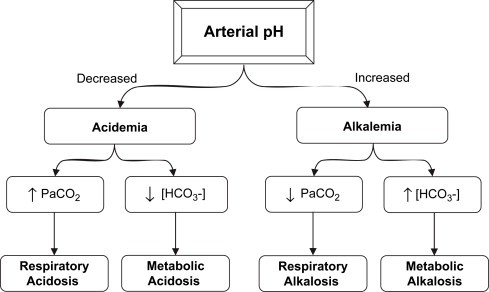A nurse is caring for a patient who has chronic kidney disease. Which of the following findings is a manifestation of hyperkalemia?
Hyperactive bowel sounds
Decreased deep tendon reflexes
Cerebral edema
Weakening
The Correct Answer is B
Choice A reason: Hyperactive bowel sounds are not typically associated with hyperkalemia, which is a high level of potassium in the blood.
Choice B reason: Decreased deep tendon reflexes can be a sign of hyperkalemia, as high potassium levels can affect neuromuscular function.
Choice C reason: Cerebral edema is not a direct manifestation of hyperkalemia; it is more commonly associated with other conditions such as traumatic brain injury or stroke.
Choice D reason: Weakening, or muscle weakness, can be a symptom of hyperkalemia, but it is less specific than decreased deep tendon reflexes.
Nursing Test Bank
Naxlex Comprehensive Predictor Exams
Related Questions
Correct Answer is A
Explanation
Choice A reason: It is essential to ensure that the patient's consent is given freely without coercion. This is a fundamental ethical principle in healthcare.
Choice B reason: While it is important to discuss postoperative expectations with the patient, explaining the amount of pain is not part of the informed consent process but rather part of preoperative education.
Choice C reason: Providing the names of the healthcare team members is not a required element of informed consent, although it may be part of the broader communication with the patient.
Choice D reason: Discussing the consequences of not undergoing the procedure can be part of the informed consent process, but the primary action is to confirm voluntary consent.
Correct Answer is A
Explanation
Choice A reason: Metabolic acidosis is characterized by a low pH and a normal or low HCO3. In this case, the pH is 7.25, which is below the normal range of 7.35-7.45, and the HCO3 is 22, which is at the lower end of the normal range of 22-26 mEq/L, indicating metabolic acidosis.
Choice B reason: Respiratory acidosis is characterized by a high CO2 level. However, in this scenario, the CO2 is 40, which is within the normal range of 35-45 mmHg, ruling out respiratory acidosis.
Choice C reason: Metabolic alkalosis would present with a high pH and a high HCO3 level. Since the pH is low, metabolic alkalosis is not the correct answer.
Choice D reason: Respiratory alkalosis is characterized by a low CO2 level and a high pH. Given that the CO2 is normal and the pH is low, respiratory alkalosis is not the condition indicated by these ABG results.
 |
Whether you are a student looking to ace your exams or a practicing nurse seeking to enhance your expertise , our nursing education contents will empower you with the confidence and competence to make a difference in the lives of patients and become a respected leader in the healthcare field.
Visit Naxlex, invest in your future and unlock endless possibilities with our unparalleled nursing education contents today
Report Wrong Answer on the Current Question
Do you disagree with the answer? If yes, what is your expected answer? Explain.
Kindly be descriptive with the issue you are facing.
